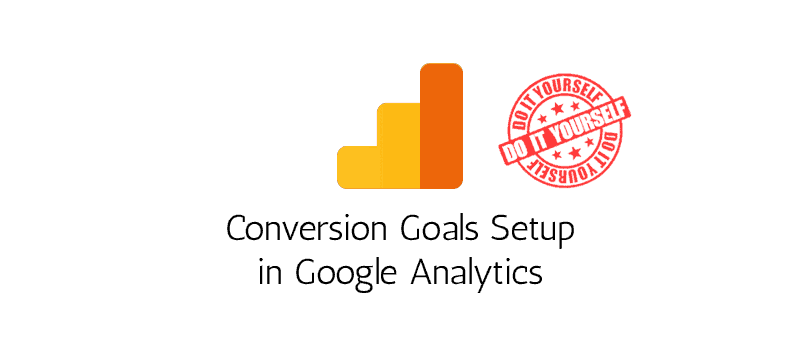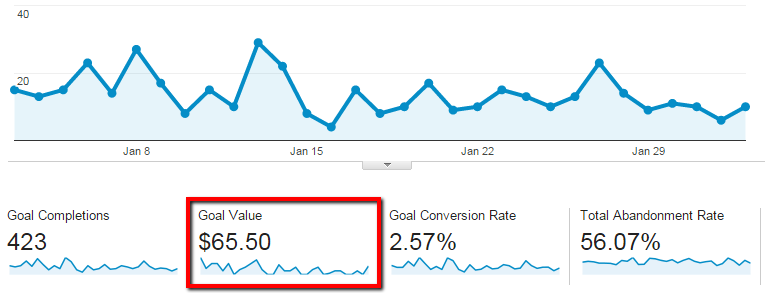Trick Insights on What Data Is Google Analytics Goals Unable to Track
Trick Insights on What Data Is Google Analytics Goals Unable to Track
Blog Article
Discover the Limitations of Google Analytics Goals: Revealing the Data Types That Remain Untrackable
As businesses significantly count on data-driven decision-making, understanding the constraints of tools like Google Analytics comes to be paramount. While Google Analytics Goals offer valuable insights right into customer interactions, there exist data types that avoid monitoring, posing challenges to a detailed understanding of user habits.
Incomplete Individual Trip Tracking
Incomplete user trip monitoring within Google Analytics can impede the capacity to accurately assess user actions. When the customer trip is not totally tracked, there are gaps in the data that prevent a detailed understanding of just how customers connect with a site. This lack of insight can result in missed opportunities for optimization and improvements to the customer experience.
One usual problem with insufficient user journey tracking is the lack of ability to see the complete path that users take before finishing a goal or leaving the site. Without this information, it is testing to determine where customers may be running into barriers or friction points that stop them from transforming. In addition, incomplete tracking can obscure the effect of specific advertising efforts or web site modifications on user habits.
To address this restriction, it is critical to establish appropriate tracking devices within Google Analytics to catch the whole user trip. This may include establishing occasion tracking, objective funnels, or using tools like Google Tag Manager to guarantee that no important communications go unrecorded. By acquiring an extensive sight of the individual journey, web site proprietors can make even more informed choices to enhance customer engagement and drive conversions.
Acknowledgment Obstacles
Navigating via acknowledgment challenges in Google Analytics needs a complete understanding of how various touchpoints add to the overall conversion process. Acknowledgment difficulties occur from the intricacy of contemporary customer journeys, where individuals communicate with numerous networks prior to transforming. Google Analytics offers various attribution versions like very first touch, last touch, and straight, each using a various point of view on how credit history is appointed to touchpoints along the conversion path. However, these models may not always precisely mirror the real influence of each touchpoint on the conversion.
One common attribution challenge is the problem in associating conversions to the right source, particularly in situations where individuals engage with numerous channels before converting. This can lead to inaccuracies in identifying which marketing efforts are driving one of the most conversions. Additionally, cross-device monitoring positions an additional acknowledgment difficulty, as individuals often switch in between tools during their journey, making it testing to track their communications perfectly. Marketing experts must carefully assess and analyze attribution information to make enlightened choices and maximize their advertising and marketing strategies effectively.
Offline Conversions
Offered the difficulties connected with attributing conversions properly in online channels, the measurement of offline conversions presents a considerable chance for marketing professionals seeking an extra thorough understanding of their clients' journey. Offline conversions refer to activities that consumers take in the real world, such as making acquisitions in brick-and-mortar shops or over the phone, attending events, or involving Web Site with published products - what data is google analytics goals unable to track. These conversions are important for organizations that operate both online and click here for more info offline, as they offer useful understandings right into the efficiency of advertising campaigns across different touchpoints
Tracking offline conversions commonly posed a considerable obstacle for online marketers, as it was testing to attach these activities back to details online interactions precisely. Nevertheless, with innovations in modern technology, such as the combination of CRM systems, distinct identifiers, and coupon codes, businesses can currently connect the void in between online and offline information to gain a more alternative sight of client habits. By successfully determining offline conversions, marketers can optimize their approaches, allot sources a lot more effectively, and ultimately enhance the total client experience.
Cross-Device Monitoring
Cross-device tracking plays an essential function in understanding the interconnected nature of customers' digital communications across several devices. In today's omnichannel globe, where customers effortlessly switch in between smartphones, desktop computers, and tablets, tracking their habits across these tools is essential for marketing professionals to acquire a comprehensive sight of their client trip.

Additionally, personal privacy problems and regulations such as GDPR and CCPA have further complex cross-device tracking. With users demanding more control over their data and increased restrictions on tracking technologies, online marketers have to locate innovative and privacy-compliant ways to connect user interactions throughout tools.
Dynamic Web Content Involvement
Understanding user engagement with dynamic content is pivotal in optimizing digital marketing techniques for boosted target market interaction. Dynamic material describes site elements that alter based on customer habits, preferences, or various other variables, using a personalized experience. However, tracking customer communications with dynamic web content postures obstacles for typical analytics devices like Google Analytics.
While Google Analytics can track basic interactions like clicks and web page views, it might have a hard time to capture even more nuanced engagements within vibrant content. what data is google analytics goals unable to track. Metrics such as time invested in particular vibrant elements, float actions, or communications within pop-ups are typically not conveniently quantifiable making use why not try this out of conventional monitoring methods. This restriction hinders marketing professionals' ability to completely comprehend how customers are involving with dynamic web content and tailor their approaches as necessary

Verdict
In conclusion, Google Analytics goals have limitations in tracking incomplete user journeys, attributing conversions precisely, recording offline conversions, tracking cross-device interactions, and measuring dynamic content engagement. These restrictions highlight the value of discovering additional tracking techniques and tools to get a more thorough understanding of customer behavior and conversions beyond what Google Analytics can give.
While Google Analytics Goals offer useful understandings right into user communications, there exist data kinds that thwart tracking, posing obstacles to a thorough understanding of user behavior.Incomplete user journey monitoring within Google Analytics can hinder the capability to properly analyze user habits. When the individual trip is not fully tracked, there are voids in the information that stop a thorough understanding of exactly how individuals communicate with a web site.One typical issue with insufficient individual journey monitoring is the failure to see the complete course that users take in the past finishing a goal or leaving the website. By acquiring a comprehensive sight of the individual trip, web site owners can make even more informed choices to improve user involvement and drive conversions.
Report this page